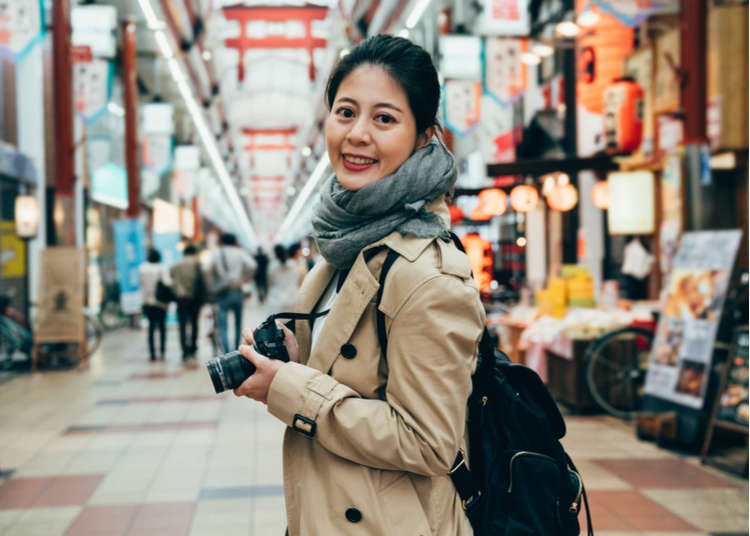
The fantastic thing about Japan is its image: for all tourists, there is the perception that Japan has a profound, old culture while at the same time, it is also known for its cutting-edge technology.
But if you are traveling to Japan for the first time, what can you expect in such a unique country? You might think that there are sushi restaurants and a lot of anime/manga fans, but what else is there? Allow us to color it in for you with some tips about Japan!
- Table of Contents
-
- Destination: Japan!
- Do People Speak English in Japan?
- How Do Japanese People Feel About Foreigners?
- Paying by Card? Japan's Not Yet a Cashless Country
- The Joys of Japan’s Public Transportation!
- The white-gloved guardians of Japan’s taxi cabs
- Japan is the land of gourmands – Discover all kinds of delicious food!
- Land of the Rising Sun - And of Temples and Shrines!
- Japanese Toilets: Which Button Do I Press??
- Survival Tips For Traveling to Japan
Destination: Japan!
Japan is a highly developed nation, and its deep culture goes hand in hand with the pride that people in Japan have regarding their nation’s history and long-established cultural traditions.
In particular, there is a noticeable pride in Japanese culinary arts, which have been successfully exported around the world. It is quite easy to say that because of Japan’s technological accomplishments, and developed infrastructure that many tourists see it as being almost like a Western nation. Still, Japan’s culture means that it has one foot in the past and one in the future, it truly has a unique footing spanning both worlds.
Do People Speak English in Japan?
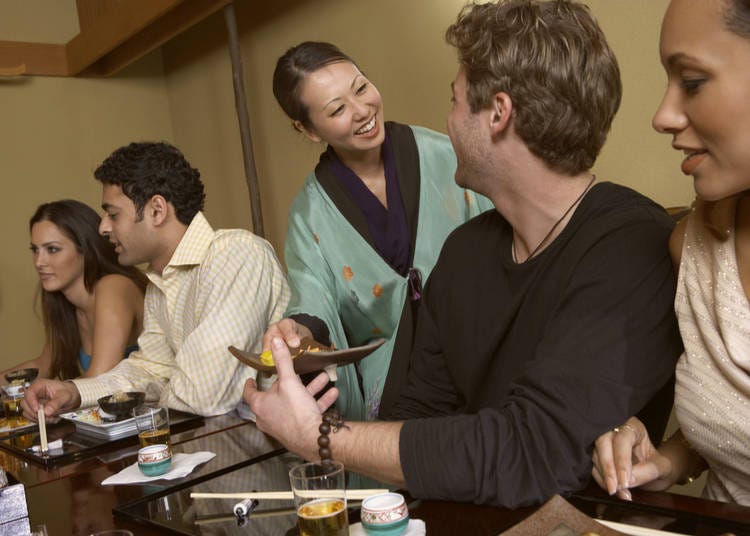
Films like 'Lost in Translation' can leave a lingering impression of a country which is linguistically on a different planet, with tourists left dumbfounded by the language being used around them.
However, in large cities, you will find that many young people do speak at least basic English, including even waiters and waitresses in the most local of looking places. In all cities, and even major towns, you will also find that signage is excellent with names in English and Japanese.
Also, restaurants have been rapidly adapting their menus and services to help international customers enjoy their culinary delights, with even some major chains also purposely employing bilingual Japanese people or non-Japanese people.
In rural areas, just like rural areas in any country, you can't expect to find the same level of support or English language level. Still, generally, Japanese people are very approachable and helpful.
If you find that you can't get the message across in speaking, try using a translation app like Google Translate (which has a real-time interpretation function). Or, try writing down your question, as many Japanese can read English better than they might necessarily speak it.
How Do Japanese People Feel About Foreigners?

Generally speaking, people won't be staring at you in wonder, and in cities, you won't really stick out, so you can relax and not worry about being a tourist.
One point which is quite remarkable is that you can walk around without being hassled by anyone and you can buy whatever you want without having to haggle over the price.
Japanese people are very polite, straightforward, and friendly. Though if you visit somewhere which doesn't receive many foreign tourists, particularly out in the countryside, you may be surprised by friendly people trying to have a nice chat with you, and who even might buy you something to eat or drink. In this case, especially with older people, it's best to be gracious and accept it, as in Japan, there is a strong desire to express gratitude to people for visiting Japan.
There are very few places where you might feel the hint of unwelcome, but the best advice that we can give is that if an area is giving you a weird vibe or an uncomfortable feeling, then move on.
Paying by Card? Japan's Not Yet a Cashless Country
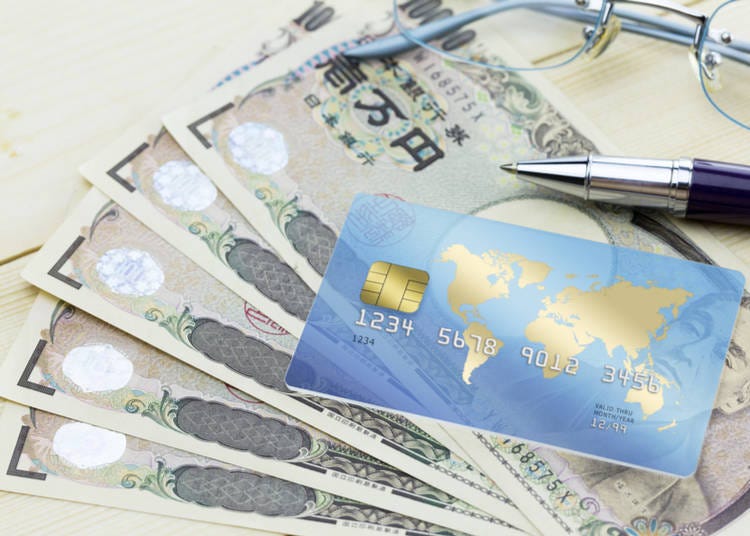
While some countries are rushing ahead with apps and technology to facilitate cashless payments, Japan is not quite up with the trend. In particular, many small shops and restaurants only accept cash, so it’s normal for people to walk around with a fair bit of money on them.
There are different places to exchange money, which will usually have similar exchange rates, including airports, but you might find that exchanging money at hotels to be a bit expensive. It might feel a bit uncomfortable to carry around cash, but as long as you use a bit of common sense and caution, you will be fine.
Larger shops like department stores or chain restaurants will typically accept payment by card. It is worth investing in a Suica card for the greater Tokyo area, or an Icoca card for the Kansai area; these cards are great for using for trains and city buses, but also they can now be used to pay for items at convenience stores and vending machines. While at the end of your stay, you can return it for a refund, or keep it as a souvenir!
For tourists who aren’t used to dealing with cash which comes in ten thousand notes, or prices such as several thousand yen for a meal, it can be disconcerting to quite understand whether something is cheap or expensive.
To get a rough idea of prices in euros or dollars, imagine a decimal point two places to the left of the price. For example, ¥1,560 is roughly $15.60.
For pounds you can think of ¥1500 as being like £10, so every ¥15,000 is equal to £100. For US dollars, you can imagine ¥10,000 being roughly approximate to $100.
If you ever get stuck for money, then look out for an ATM at a 7-Eleven or Japan Post Office. You will be able to use your credit or debit card, though you may want to check with your bank in advance whether you can use your card overseas.
The Joys of Japan’s Public Transportation!

It might sound like an exaggeration to say that transport runs on time in Japan, but it really does! If a train is due to leave at 10:05 am, it will go at that time.
Besides the absolute dedication to a fixed timetable, the other remarkable aspect about trains, or even buses, is how quiet all the passengers are. People don’t speak on the phone, don’t play loud music or games, and even groups or families will talk in low voices. As such, it is best to do the same and fit in.
City transit maps can look quite intimidating, especially in Tokyo, with some likening them to a pile of colored spaghetti, but there is a kind of logic to them that requires getting used to. The best advice is don’t let it overwhelm you: try to look at them with an open mind. It is a good idea to look up your route on Google or your favorite maps app, too, as that will tell you which line to take.
To add confusion to intimidation, there are different rail operators with varying train tickets, which can only be used on those operator’s lines, and on those lines, you might find that trains are local, semi-express or express! Information in train stations is slowly getting better so that you can see exactly where a train is going and at which stations it will stop!
As a hint, it is best to keep in mind that a local train will be slow and will stop at every station while a semi-express or express train will be faster but may not stop at the station you are traveling to.
Also, if you are finding the ticket machine to be difficult, these days they usually offer an English language version, then try speaking with a member of staff – many of whom tend to speak a little English.
Other things to remember about are fairly standard across the world rather than being Japan-specific, so if you get on a train during rush hour in a city than it will be crowded, and you should not travel with large bags or suitcases at this time unless you absolutely have to. As you might imagine, morning rush hour means around 8 am to 9:30 am and the evening rush hour is about 5 pm to 7:30 pm.
In common with quite a few cities around the world, and perhaps against expectations for Japan with its 24-hour restaurants and convenience stores, public transportation doesn’t run 24 hours, and late-night taxis can be quite expensive. Especially the further out you are from a central area, the trains or buses will be even more infrequent, so it is an absolute must to check when your last train or bus might be.
If you are traveling somewhere very rural, then bus stops will probably lack any bilingual support - so it is especially vital that you plan your journey in advance.
The white-gloved guardians of Japan’s taxi cabs
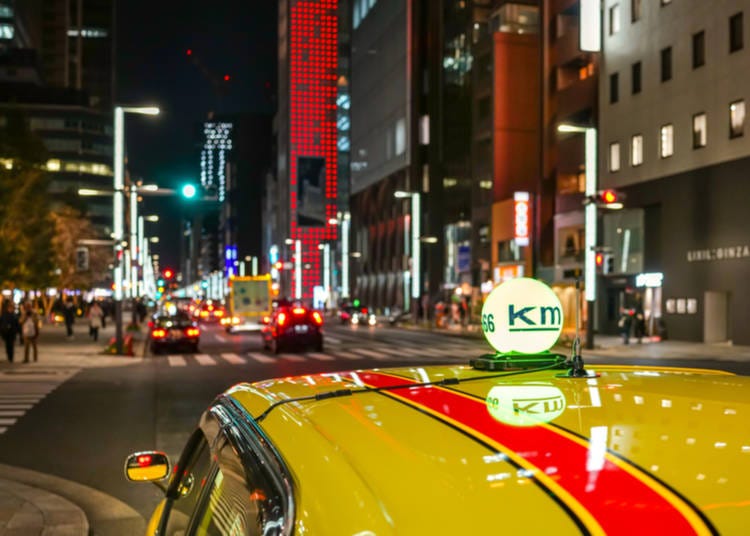
You call down a taxi, and the door opens by magic, and inside you will find a white-gloved driver ready to take you safely to wherever you want to go. Welcome to the world of Japanese cab drivers, an experience quite like no other!
The cars are safe and clean, and the drivers can be trusted to take you by the most efficient route possible – no going around in circles. Prices are fixed as well, so there is no price inflation, no haggling over the cost, and no tips.
Many drivers will, unfortunately, not be able to speak English, or will only know basic English. Still, more and more cabs have informative material on the back seat or on the door which offer help with Japanese and some companies now offer a free service by which an interpreter can be called.
To make things easier for you and the driver, it is best to have an idea of where you are going before boarding and, if possible, an address in Japanese.
Finally, don’t try to open the passenger door, the cab driver controls this!
Japan is the land of gourmands – Discover all kinds of delicious food!
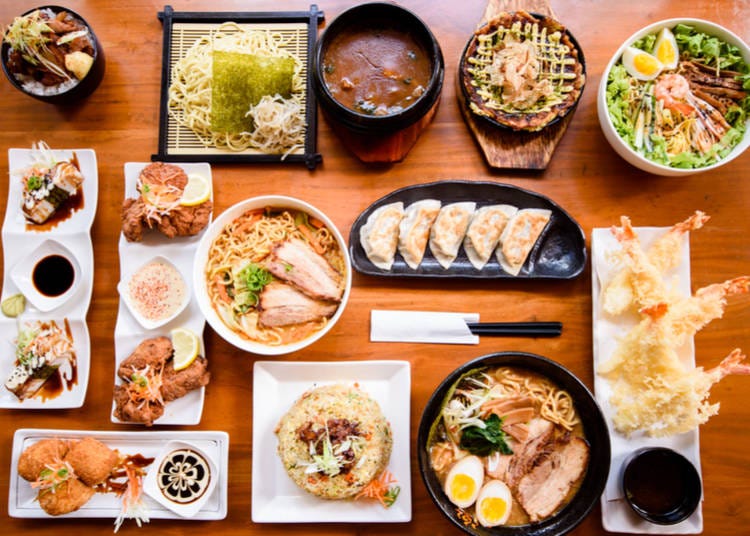
Contrary to popular belief, Japanese people don’t just eat fish, or sushi, there is an incredible variety of cooking, including many Western-inspired dishes.
There is so much choice in fact that you might need to keep an open mind about some dishes that are served to you, just try to enjoy it without asking what it is until afterward.
The Japanese version of a pub, an izakaya, are great places to try a vast range of different food and let you see what you enjoy the most. Most places will follow the same routine of giving you a oshibori hand towel, like a wet cloth, to clean your hands along with free tea, while many will serve you an otoshi (a small appetizer) which will be added to your bill. An otoshi is a bit like a tip, but with food. Meanwhile, as in taxi cabs, you don’t pay a tip with your bill. While many chain restaurants do typically stock cutlery, it is a good idea to practice with chopsticks before you come.
If you feel confused about what to eat, then it’s a good idea to check in advance, or with local people when you are there, what is the best regional cuisine. Every area in Japan is proud of a particular ingredient or a kind of cooking, Japanese people really love, and boast of, their local dishes.
Restaurants usually have displays of their cooking in the front shop window, so if you spot something there which looks good, then take a photo and just show it to the restaurant staff.
In terms of food for vegans or vegetarians, or even eating Halal food, there is less choice, but gradually the options are increasing.
Land of the Rising Sun - And of Temples and Shrines!
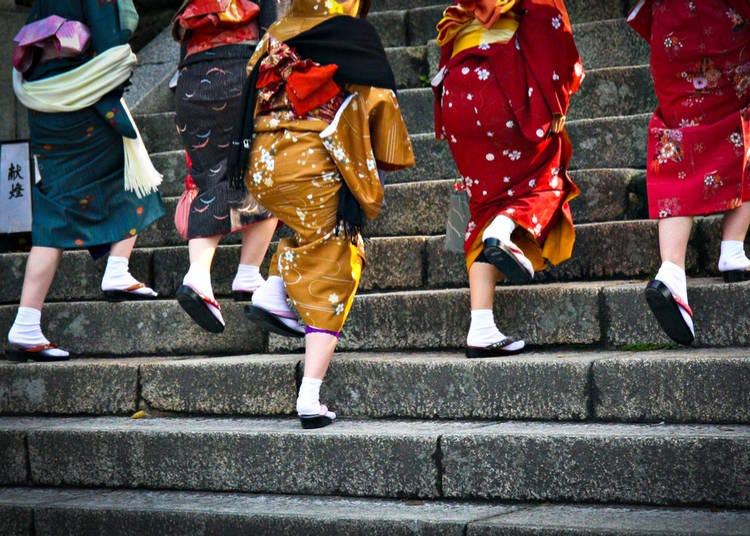
Cities like Kyoto are brimming with temples and shrines, but traveling around Japan, you can find them everywhere, and they have to be visited. Some are old, some are beautiful, and all are interesting!
You don't have to worry about there being a strict dress code, but in the summer, when it is sweltering, it is best not to trundle in barefoot or in a bikini. They always have a tranquil and peaceful atmosphere, so try not to disrupt that environment and always stay respectful in regards to behavior and how loudly you speak.
Many temples and shrines will allow you to enter the inner sanctum or will have special days when you can enter, and the main point to remember is that there will be a place to remove your shoes.
An excellent souvenir for your traveling to Japan would be to get a goshuin-sho. This "temple passport" is like a stamp card, and you can get a stamp at each place that you visit. If you are thinking of going to many temples and shrines, then you can get many stamps to commemorate your trip!
Japanese Toilets: Which Button Do I Press??
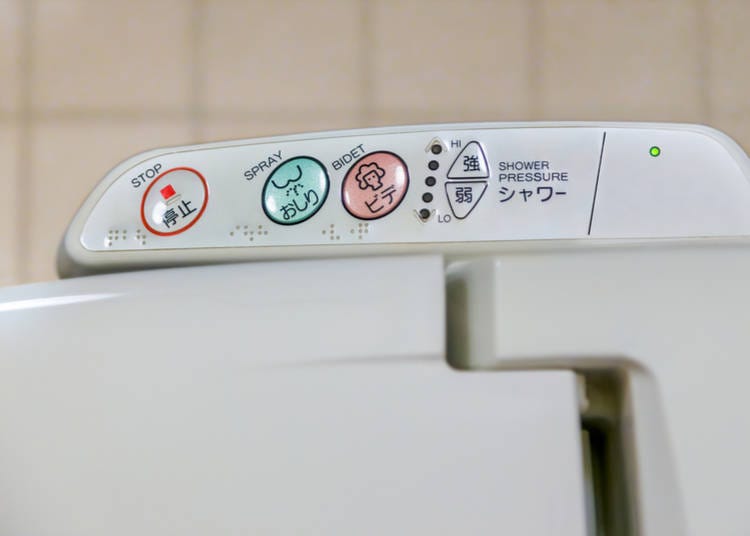
For most people, the toilet is a small thing, something which is just a requirement, but the Japanese have famously lifted the humble toilet into the status of luxury.
Toilets with various buttons that do multiple things are pretty famous, but there is no need to get into a sweat about using one; you can use these toilets in the usual way.
Public restrooms can be found pretty much everywhere, including in train stations and even in convenience stores, and they are usually clean and have toilet paper.
In older stations and more rural areas, you might come across an old fashioned squat toilet, which looks like a sideways urinal implanted in the floor, and which you can use as normal while facing the ‘hood.’ In upscale department stores and hotels, you can usually have a more hi-tech experience, which you can experiment with if you feel brave!
Survival Tips For Traveling to Japan
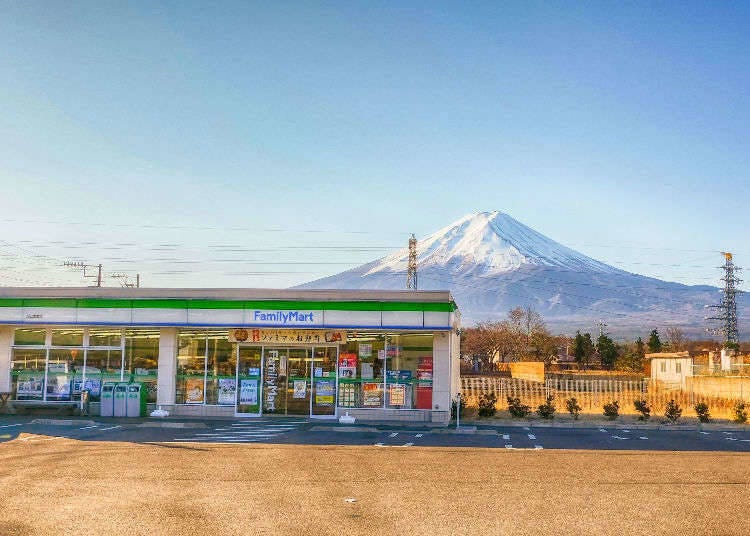
In this article, we have covered quite a few topics to help you with traveling to Japan for the first time, but it doesn’t finish there! Let’s end this article with just a few extra survival tips to make your journey a success.
・As mentioned, Japan is a cash society, so always try to keep around 10-20,000 yen in your wallet or purse.
・Come prepared with walking shoes, the train stations or bus stops generally won’t take you directly to the doorstep of the place you want to visit, you can expect to walk more than may do in your own country.
・Convenience stores are common and make perfect pit stops, and emergency pit stops, and sell many of life’s necessities – from snacks to memory cards.
・Always keep the name, phone number, and address of your accommodation in Japanese on your person; that way, in an emergency, or if you need to get a cab, you have something to refer to.
・Crime rates are really low in Japan, but stay street smart and use common sense. Japanese people are very trustworthy in regards to belongings, but as in any country in the world, it is better to be safe than sorry.
・Japan does regularly experience minor earthquakes, so don’t worry too much if you feel the earth move, but if there is a big quake, then check out our article on what to do:
Knowing even a tiny bit of Japanese will go a long way, so try to practice some basic greetings and phrases, or bring a phrasebook with you. This will also be really handy when ordering food. You can check out our tips at the links below:
- Area
- Category
*Prices and options mentioned are subject to change.
*Unless stated otherwise, all prices include tax.
Popular Tours & Activitiess
-

First Japan Cherry Blossom 2026 Forecast Announced! Here's When & Where to See Sakura in Japan
-

Strawberries, Style, and Tokyo’s Coolest Neighborhood: Winter Afternoon Tea in Kichijoji
by: Guest Contributor
-
Ad

Complete Guide to Ueno's National Museum of Nature and Science, the Perfect Place to Visit on Rainy Days or With Children
-

Jujutsu Kaisen Takes Over JR East With a Wrapped Shinkansen This Winter
by: Guest Contributor
-
Ad

Preserving the Beauty of World Heritage Site Shirakawa-go for the Future Through Responsible Travel
-

This Winter, Godzilla Takes Over Haneda Airport
by: Guest Contributor
Inspiration for Accommodations
-

Enjoy Mt. Fuji from the Comfort of Your Room! Recommended Ryokan with Mt. Fuji View
-

Stay Near the Cherry Blossoms! Hotels for Cherry Blossom Viewing in Tokyo
-

Family-Friendly Hotels with Free Shuttle to Disneyland: Convenient Access for a Magical Stay
-

Top Ranked Hakone Hotels with Mt. Fuji View: Enjoy Stunning Scenery from Your Private Space
-

Convenient Tokyo Hotels with Airport Shuttle: Ideal for Families and Heavy Luggage
-

Stunning Tokyo Tower View Hotels: Enjoy Spectacular Scenery from Your Private Space
-

Convenient Asakusa Hotels with Kitchens: Ideal for Extended Family Visits
-

Experience Luxury: Hakone's 10 Best Five-Star Accommodations
-

Enjoy Mt. Fuji Autumn Leaves! Top Hotels Near the Popular Autumn Leaves Corridor
-

Experience Hakone Fall Foliage from Your Room with Stunning Views
-

What to Pack for Japan: 8 Essential Things for a Hassle-Free Trip
-

There are 30 Types of Japan Travelers, And Which One You Are Will Change Your Trip
by: Sohail Oz Ali
-

The Fuji Excursion: Japan's Hottest Train Takes You Right to Mt. Fuji! (Times, Fares and more)
-

The Easiest One-Day Tokyo Itinerary: Exploring Tokyo on the Yamanote Line
-

Explore Marunouchi: Half-Day Tokyo Itinerary to Old Shoguns’ Lodgings at Edo Castle and the Imperial Palace
-

Guide to Tokyo's Old Quarter: 7 Quaint Spots in Yanesen!
- #best ramen tokyo
- #what to buy in ameyoko
- #what to bring to japan
- #new years in tokyo
- #best izakaya shinjuku
- #things to do tokyo
- #japanese nail trends
- #what to do in odaiba
- #onsen tattoo friendly tokyo
- #daiso
- #best sushi ginza
- #japanese convenience store snacks
- #best yakiniku shibuya
- #japanese fashion culture
- #best japanese soft drinks



















